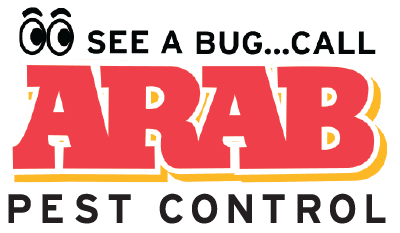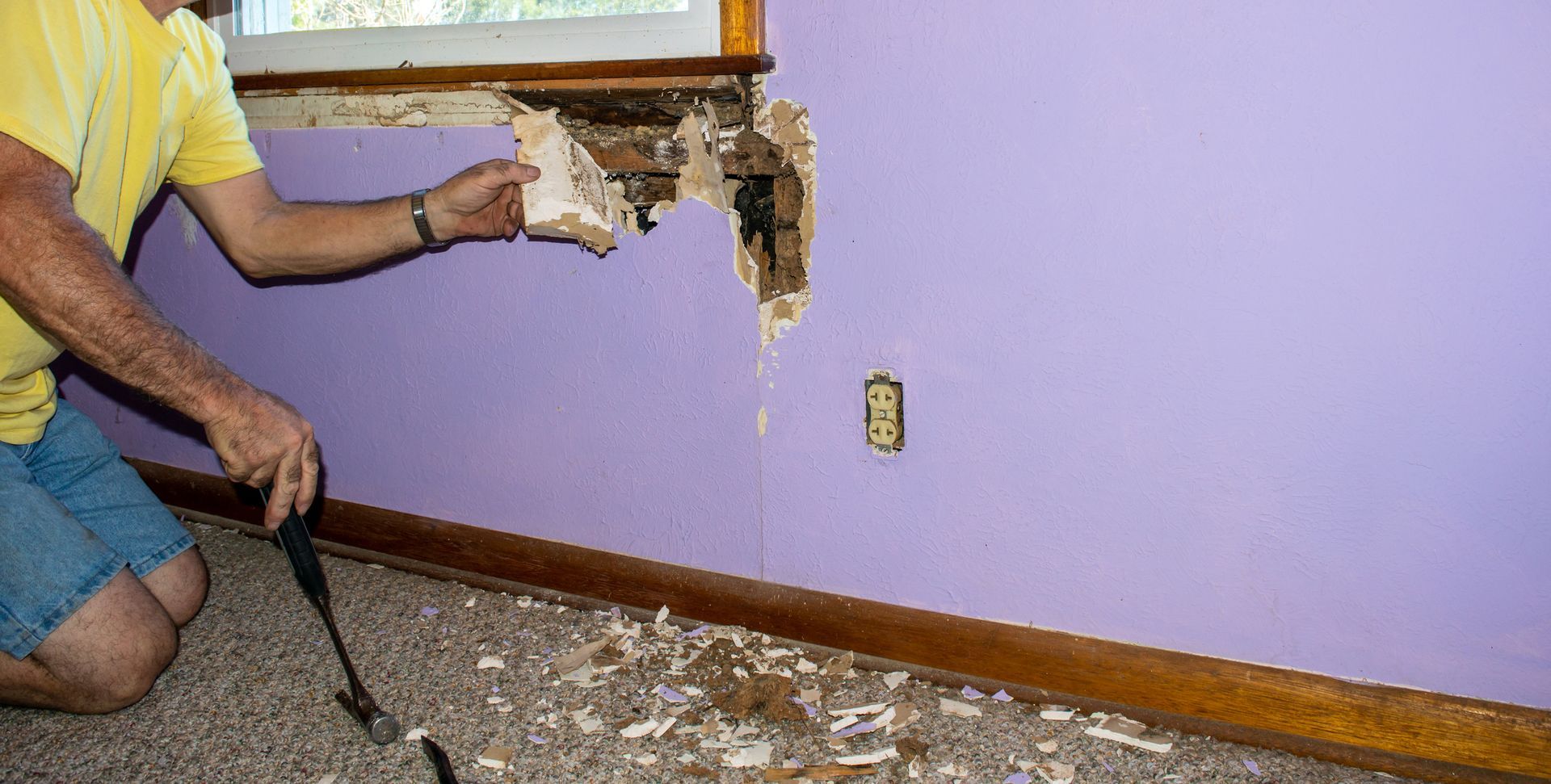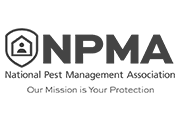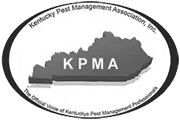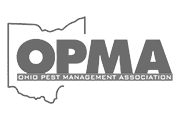Pest Library
The Pests You’ll Find in Cincinnati, OH
Finding pests on your property isn’t the greatest feeling, so it’s helpful to know where to turn to have your pressing questions answered. Our Pest Library is a great place to start! It offers useful information about the most common pests in the Cincinnati area, such as what common area pests look like, what problems they cause, and what to do to get rid of them.
Learn More About Pests
Why Choose Arab Termite and Pest Control of Cincinnati, Inc.?
Get Started With a Free Estimate
We offer free estimates and inspections for your property.
We Help You Stay Pest-Free
We treat both homes and commercial spaces and offer follow-up treatment plans.
Insured for Your Peace of Mind
We make it easy for you to have confidence in the team you call.
Happy Customers in Your Neighborhood
Hear From Our Satisfied Customers!

⭐⭐⭐⭐⭐
Very friendly and efficient! Our tech arrived when he said he would and was very friendly. He was very thorough in his applying of the chemicals needed to get rid of our ants.
We have used them at our old house, and now our new house and would use them again!
- Wren S.

⭐⭐⭐⭐⭐
We got bed bugs from someone who failed to tell us they had them. Arab has been great. They are very knowledgeable, friendly and the prices are very reasonable! What more could you ask for?
- Shelby H.

⭐⭐⭐⭐⭐
Brady has been our rep for several years! He is well qualified and very personable! He gives us excellent advice and makes sure we are well protected!
Thanks, Brady and Thanks, Arab!
- Stephen Z.
⭐⭐⭐⭐⭐
Very reliable and courteous will give them every opportunity to earn future business for my clients.
- Timothy D.
⭐⭐⭐⭐⭐
My family has been using Arab Pest control for over 50 years. They are the absolute best at what they do! They are always on time, and extremely honest. I wouldn't even consider another pest control company.
- Aaron M.
⭐⭐⭐⭐⭐
Very friendly and efficient! Our tech arrived when he said he would and was very friendly. He was very thorough in his applying of the chemicals needed to get rid of our ants.
We have used them at our old house, and now our new house and would use them again!
- Wren S.
⭐⭐⭐⭐⭐
We got bed bugs from someone who failed to tell us they had them. Arab has been great. They are very knowledgeable, friendly and the prices are very reasonable! What more could you ask for?
- Shelby H.
Learn More in Our Pest Control Blog
Want all the latest news or updates? Browse through our blog to read our most recent posts and featured articles.
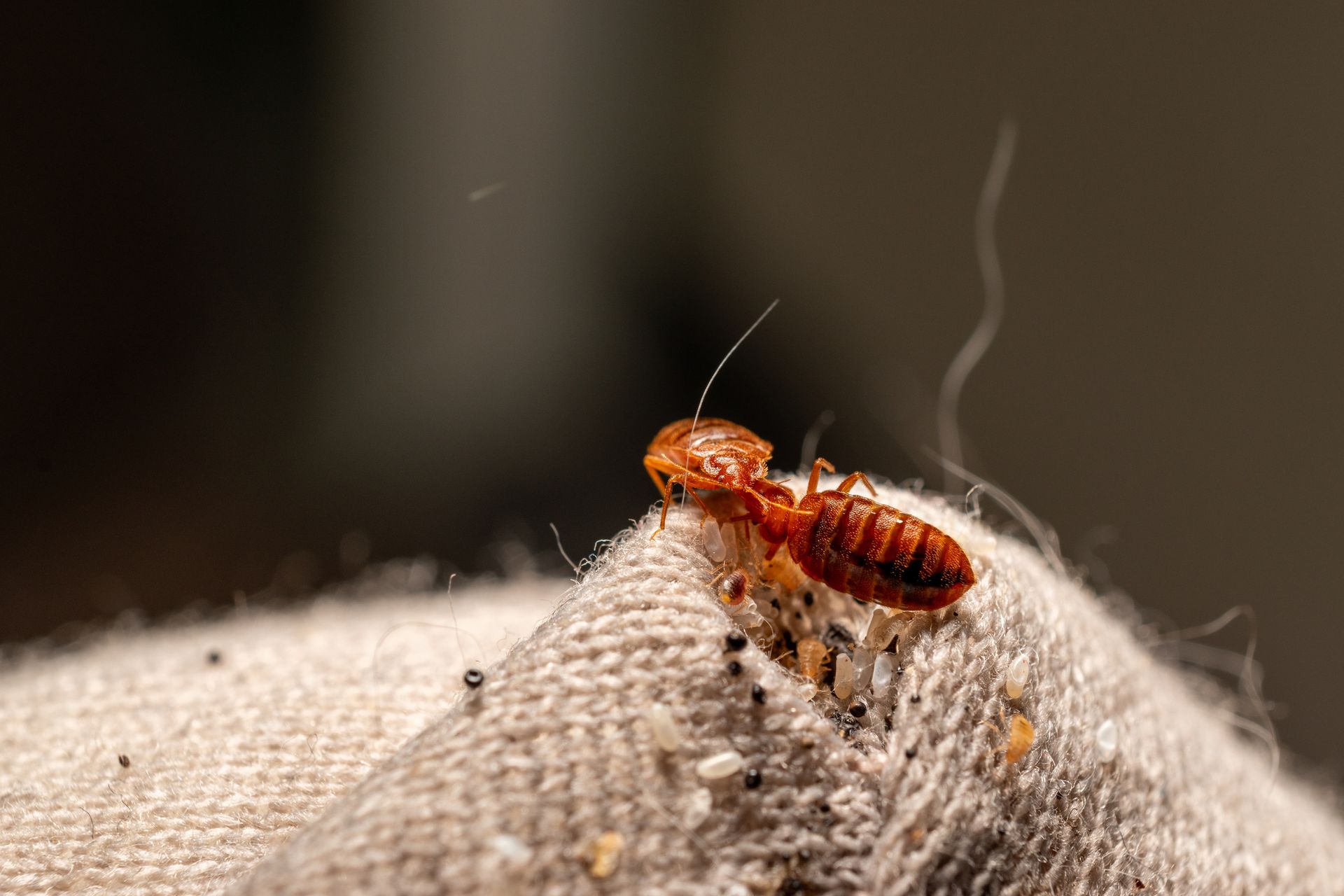

Contact Us Today
At Arab Termite and Pest Control of Cincinnati, Inc., we're always ready to take your calls! Give us a call or fill out the form on our contact page to reach out to one of our team members.
